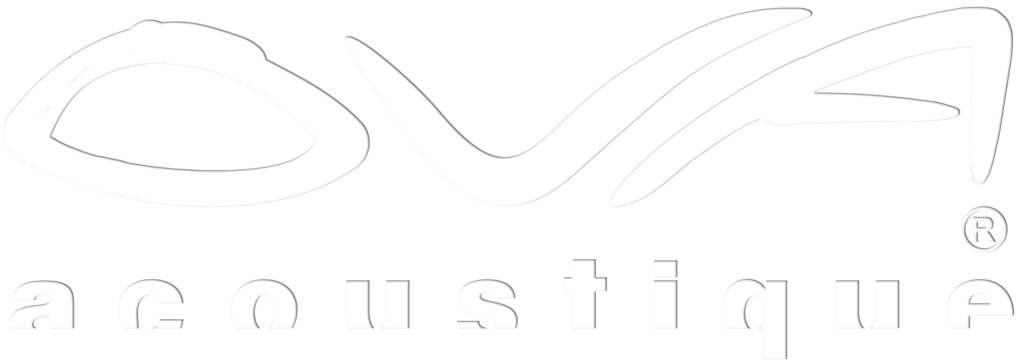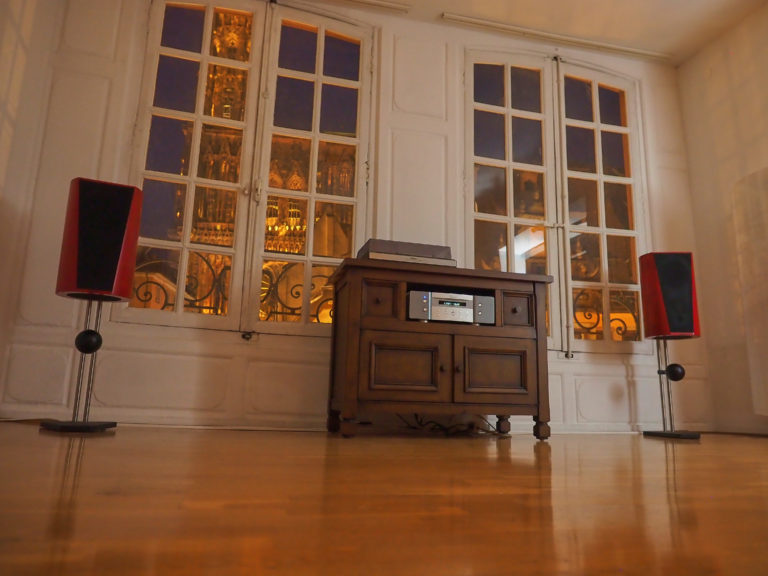Did you say DAC ?
To those who may ask about the replacement of a CD player by a DAC, we wish to offer a number of useful clarifications. Emerged just a few years ago, the DACs are now springing up on a large scale, as a result of a new technological leap forward which fits into the general trend of the dematerialization of the recording medium.
In addition to their ease of use, the available DAC models are efficiently replacing the best CD readers, at a better cost, so long as they are well designed and implemented, without mentioning their capacity to deal reliably with the new 24 bits audio formats and DSD, which, for the CD reader, is out of reach. To benefit from the full potential of a DAC still remains a somewhat involved exercise. Several key considerations need to be taken into account if one is eyeing a high class sound restitution. This is what we shall now see below.
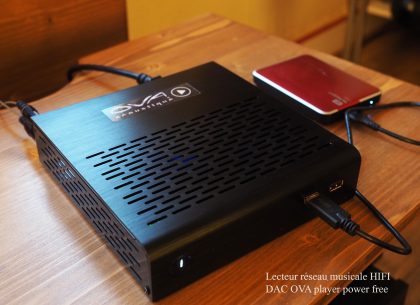
What is a DAC
First, a bit of vocabulary. Originally, the acronym DAC denotes a simple Digital-to-Analog Converter, that is a chip converting a numerical source into an analog signal. These types of microprocessors are found everywhere already, from the CD player to the MP3 reader, including the sound cards. Actually, the word DAC designates, more generally, all electronic systems that are able to process numerical audio files, be them on a computer or a hi-fi stereo.
On the component side, today’s market for the high-class DAC is governed by the ESS Sabre, Burr-Brown, or AKM chips. Without the latter being strictly comparable, their differences, by far, are not as decisive as those between the programs that will operate them. Whether we are using a Windows, Apple, or Linux OS, or any of their other proprietary systems, each Operating System uses, in effect, its own kernel software to process the information, and this is where the impact on the sound quality is the more sensitive.
The OVA experience
Since the emergence of the DACs, we have been testing a fair number of combinations of processor/software. It must be clearly understood that the sound restitution quality does not depend only on the components’ technical characteristics, but on a variety of factors often intangible. To this end, we based ourselves on the Raspberry Pi motherboard, which is an evolving system having, as prime asset, the capability to adapt itself to the software innovation that may come.
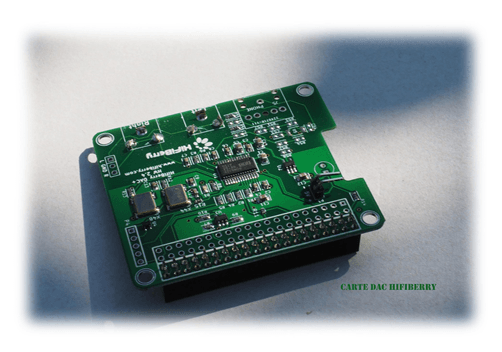
The DAC’ potential to improve remains, indeed, substantial as the components’ resources are far from exhausted, and the digital world progresses fast and steadily, even more so on a DAC market that is thriving.
Whether we consider ergonomics or sound restitution, the trade marks constantly improve their program, the ones emphasizing on the ergonomy, the others on the sound.
With the above set-up, we have tested a maximum of existing music players, such as Volumio, Rune audio or Squeeze, amongst others. Our finding is that the slightest change in the kernel is likely to have a strong impact on the resulting sound. In our opinion, Moode is the music player that presently offers the best sound rendition, in addition to a multi-kernel capacity.
Beyond the electronic and settings of the DAC itself, there is a peripheral element that also plays a significant part, namely the sound data transmission mode: i.e. WiFi, Bluetooth, Ethernet link (NAS, for example), or USB connection (external disk). Depending on the equipment or the configuration of your installation, significant differences might occur in the sound rendition. An obsolete WiFi router or switch, or a connection shared between several equipments, are some of the situations that cut on the sound rendition in terms of sound opening and spatialization. In this regard, we recommend the use of the USB connection.
The OVA power-free DAC
In our persistent pursuit of a more realistic sound rendition, and to be consistent with our prime exigency with regard to sound ampleness and richness, we have developed an in-house DAC model for the users of our broadband loudspeakers. Our compact package does not fail to arouse our visitors’ interest, and we feel that it is a very honourable solution in terms of ergonomy and sound rendition quality, and this prompts us to share our experience.
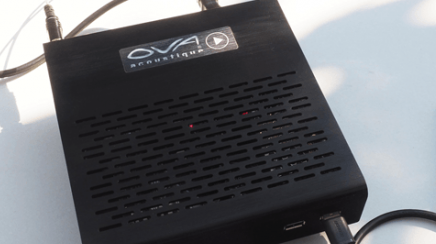
The OVA DAC is an autonomous reader to be connected directly to the amplifier.The reading of the audio files can be done whilst streaming (Qobuz, Spotify, Deezer,…), through the connection to network, or through WiFi, and also and especially through the hard disk, using the USB ports, which last arrangement we recommend.
Our setup is based on a Hifiberry card, with a Burr-Brown chip (softer than the ESS Sabre for high performance equipment), managed by a Raspberry PI motherboard, which allows all sorts of distributions to SD card. For the power supply, which plays an essential role on the sound rendition, we have opted for a switch-mode, filtered and rectified version, supplemented by a supply from a self-rechargeable battery for the DAC Hifiberry card. We offer a Moode version optimised for our reader (with the Moode licence). Its ergonomy is similar to the Volumio program.
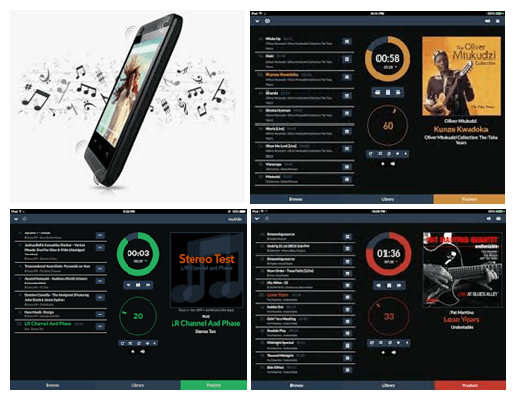
For information, a community was born around the RaspFi audio player in 2013. Its members then demarcated themselves between Runeaudio and Volumio, which further bred offshoots like Moode (Tim Curtis). One of the apparent consequences is that we find back the same architecture. The Max2play alternative offers very advanced functions together with an interesting sound, but is complicated to operate. Of course, the distribution is flexible and interchangeable (on SD card).
All these distributions are managed by open-source softwares MPD, on tablets or smartphones, of easy operation, such as Bubble (Android) or Lumin (apple). Moreover, all the well established trade marks make use, more or less, of these same resources.
Unique advantages
Once your CDs have been transferred on hard disk, which takes a while, the musical management by a software such as Moode allows one to constitute one’s own playlists or to select any track without loading the disc, with a quasi-instantaneous response time, and, above all, to read files with the new DSD (SCAD) and 24 bits formats.
The musical reader can be operated on all kinds of interfaces (smartphone, computer, tablet, TV). As the software itself is in a state of ongoing development, additional functions are likely to better the ergonomy without having an adverse impact on the sound.
In the end, the DAC then opens to a brand new sound dimension, whether in terms of subtlety, ampleness or depth. Is this not our main concern?
